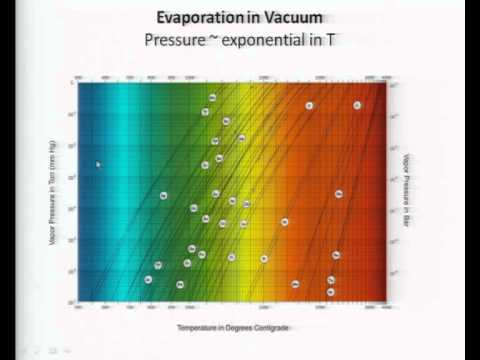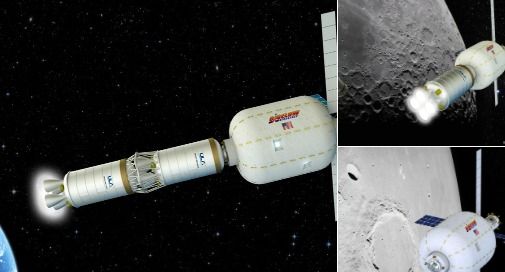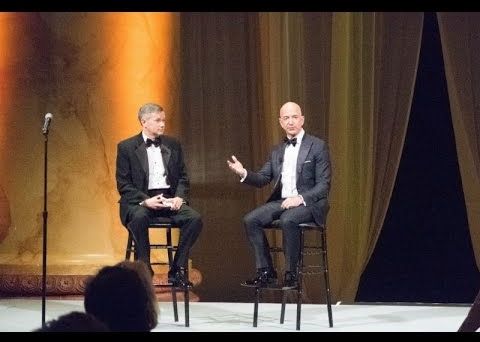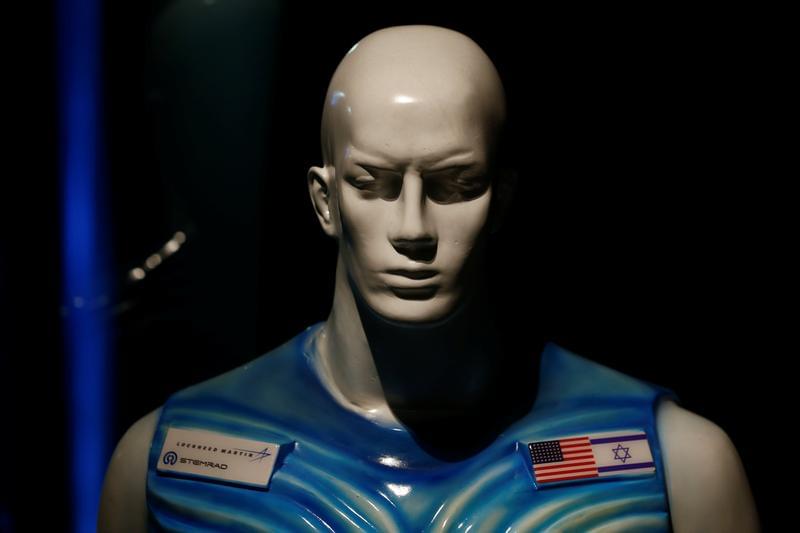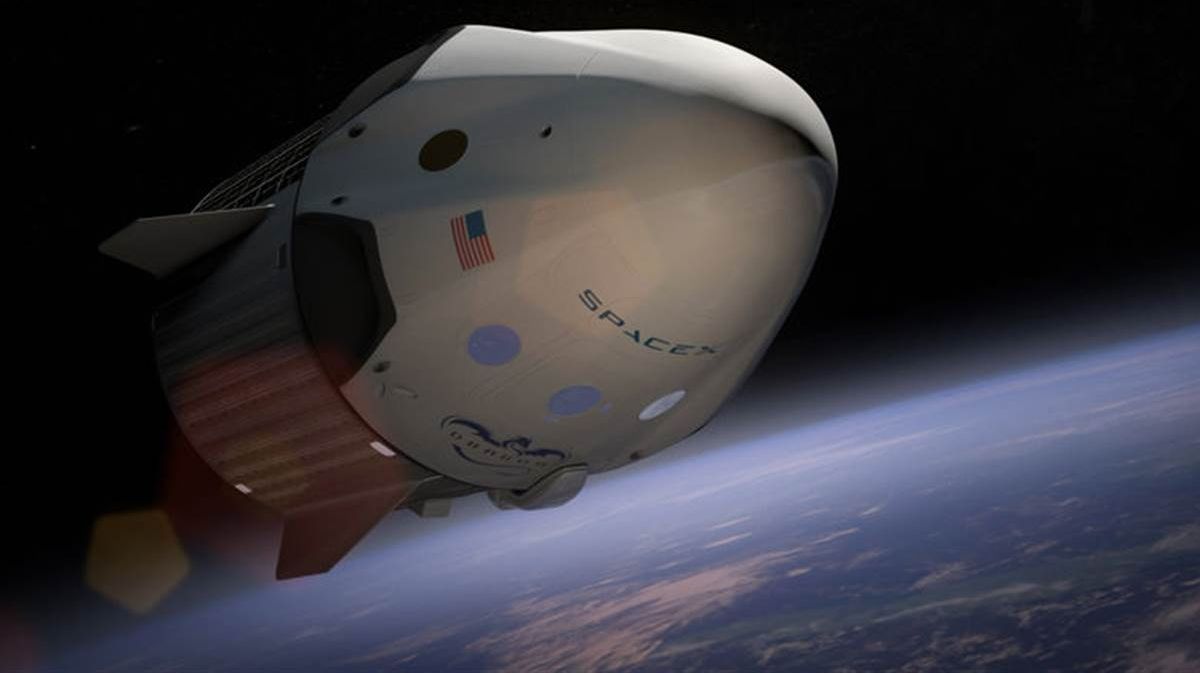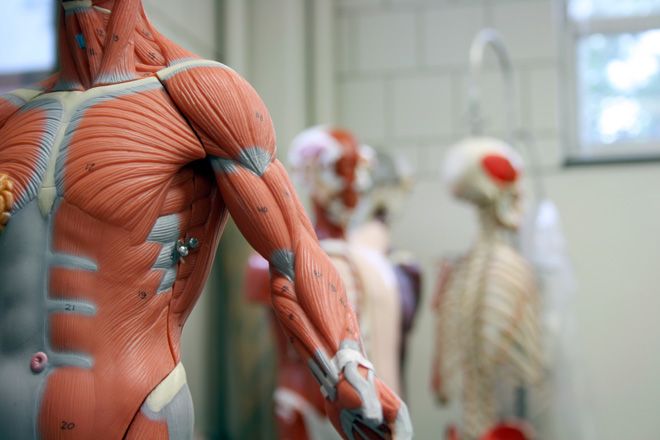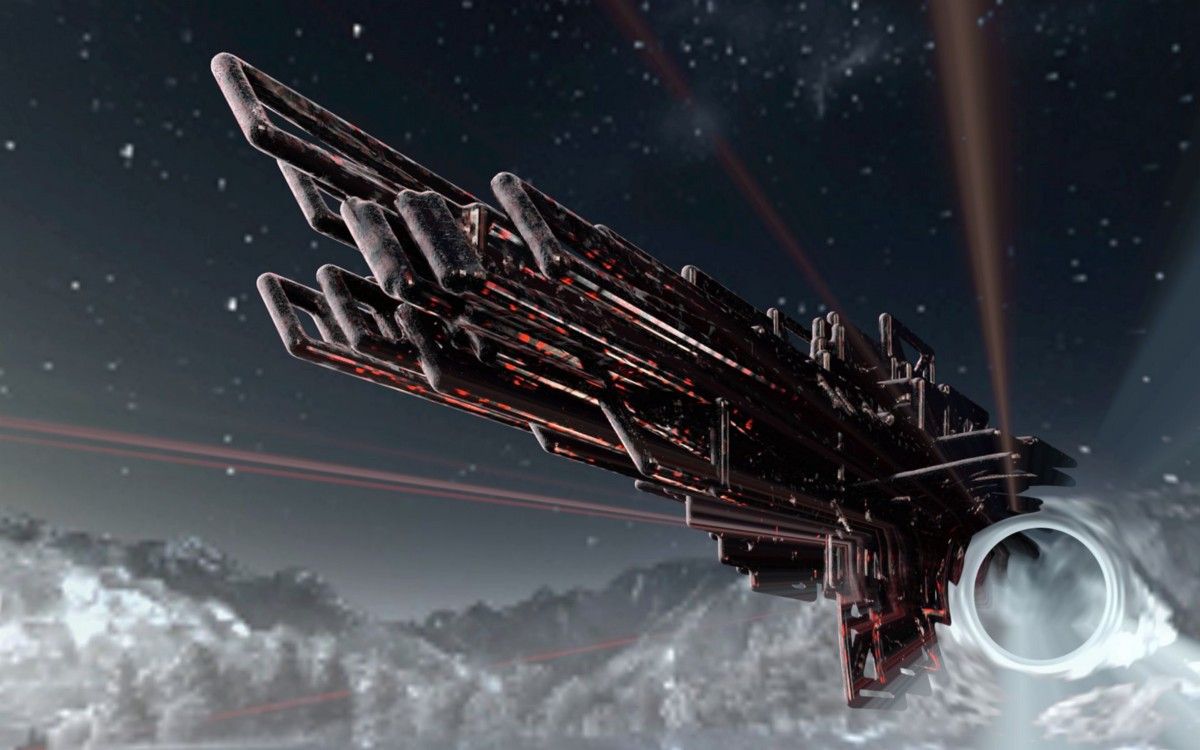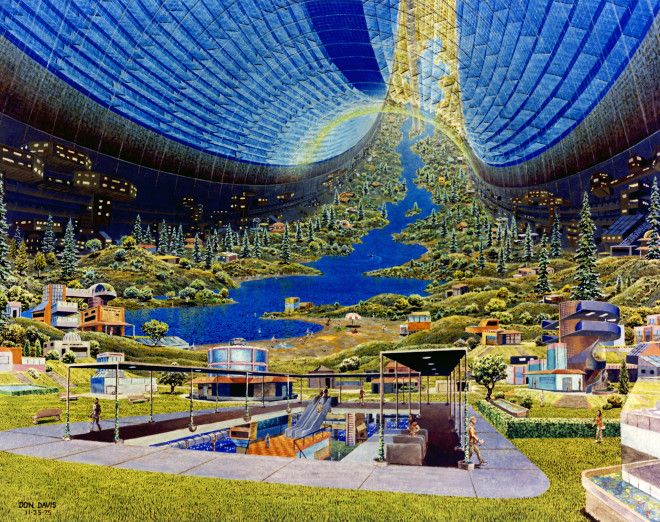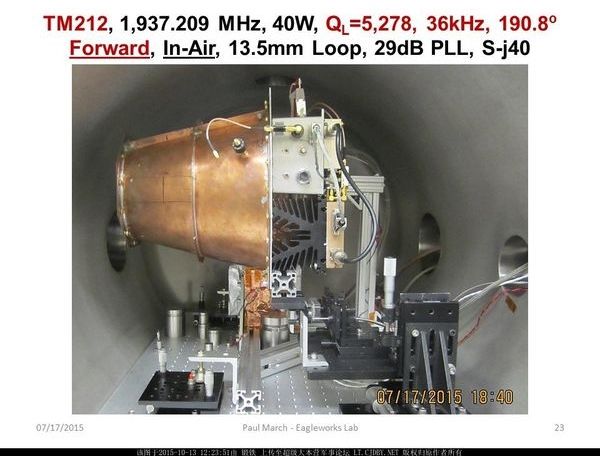Mar 6, 2017
Amazon Chief Bezos Expected to Unveil Further Private Space Exploration Plans
Posted by Klaus Baldauf in categories: robotics/AI, space travel
The burgeoning space-transportation company owned by Amazon.com chairman Jeff Bezos this week is expected to announce some customers and new initiatives, the latest step toward its long-term goal of building rockets powerful enough to penetrate deep into the solar system, according to industry officials.
Continue Reading Below
The moves by the typically secretive Mr. Bezos, these officials said, are anticipated to disclose further details about Blue Origin LLC’s strategy to create a family of reusable rockets initially intended to take tourists on suborbital voyages, and then propel spacecraft into Earth’s orbit and eventually blast both manned and robotic missions to the Moon and various planets.
Continue reading “Amazon Chief Bezos Expected to Unveil Further Private Space Exploration Plans” »

